Scraping Therapy: Important Considerations for Health Preservation
April 7, 2024
With the development of society and the improvement of people's living standards, more and more people choose scraping therapy for health preservation, and scraping places can be seen everywhere. But do you know the taboos of scraping therapy when choosing it for health preservation? Today, the editor will explain it to you. Let's take a look at the specific introduction below.
Notes for Scraping Therapy
Scraping therapy has been widely accepted and has become one of the natural therapies for the general public's health preservation. As early as the Ming Dynasty, Chinese medical experts mentioned the methods of using scraping therapy to treat diseases. They believed that if toxins enter the body through the skin, they can block the meridians, obstruct the flow of qi and blood; if toxins enter through the mouth and nose, they can block the collaterals and hinder the circulation of qi and blood. The deeper and more severe the toxins accumulate, the more intense the symptoms become. In this case, emergency measures must be taken, which is to use scraping therapy to release blood. By using scraping tools to scrape and treat the acupoints on the skin, blood can be scraped out until it coagulates into red dots the size of rice grains. Sweating opens the pores, and the toxins (viruses) are then expelled from the body, thus achieving the goal of curing the disease.
In the Ming Dynasty, there was a book called "Sha Zhang Yu Heng," which recorded more than a hundred types of scraping diseases. Wu Shangxian, a modern expert in external Chinese medicine treatment, fully affirmed scraping therapy. He said, "For abdominal pain caused by yang sha, there is no better method than dipping a porcelain spoon in fragrant oil and scraping the back. The five viscera are all connected, and the key lies in the back. Scraping can make the evil qi descend and the disease resolve."
Scraping therapy involves repeatedly scraping the skin with a scraping board dipped in scraping oil to treat diseases. Scraping therapy uses scraping instruments to stimulate the meridian acupoints, fully exerting the role of nourishing and protecting qi, causing congestion at the acupoints, improving local microcirculation, removing evil qi, unblocking meridians, relaxing tendons, dispersing wind, dispelling cold, clearing heat and dampness, promoting blood circulation, resolving stasis, reducing swelling, and relieving pain. It enhances the body's potential for disease resistance and immune function, thus achieving the role of supporting righteousness, expelling evil, preventing and treating diseases.
During scraping therapy, the sweat pores on the local skin open and different colors of sha appear. The pathogenic factors and qi are expelled, and at the same time, a small amount of the body's positive qi is consumed. In order to facilitate supporting righteousness and expelling evil, and enhance the therapeutic effect, the environment should be selected during scraping therapy, appropriate techniques should be chosen based on the disease, and the timing of scraping should be mastered to prevent dizziness caused by excessive scraping. Comprehensive treatment should be used for critically ill patients.
1. Avoid wind and keep warm during scraping therapy
When scraping, we should find a place without wind and pay attention to keeping warm. When cupping, the whole body's skin is exposed, the capillaries expand, and the skin sweats. If it encounters wind and cold, the evil qi can directly invade the body through the opened pores, which not only affects the therapeutic effect but also may cause new diseases due to exposure to wind and cold.
2. Drink a cup of hot water after scraping therapy
Scraping therapy promotes sweating and the expulsion of evil qi, which requires the consumption of some body fluids. After scraping, drinking a cup of hot water can replenish the consumed fluids and promote metabolism, accelerating the elimination of metabolic waste.
3. Time for bathing after scraping therapy
After scraping therapy, to avoid the invasion of wind and cold, the skin pores need to close and return to their original state before bathing, which usually takes about 3 hours. However, during the bathing process, scraping can be done before the water dries. At this time, the pores are slightly open, and the scraping time is shorter, but attention should be paid to keeping warm.
4. Different methods of scraping for different types of skin diseases
For patients with skin diseases, if the skin lesions are dry, without inflammation, exudation, or ulceration (such as neurodermatitis, vitiligo, psoriasis, etc.), they can be directly scraped at the site of the skin lesions, and painless benign nodules on the skin and subcutaneous tissue can also be directly scraped. If the skin lesions have suppurative inflammation, exudation, or ulceration, or if there are acute inflammatory symptoms such as redness, swelling, heat, and pain (such as eczema, herpes, boils, abscesses, ulcers, etc.), scraping should not be done directly on the lesions or the inflamed area, but around the lesions.
Translated by: [translator]
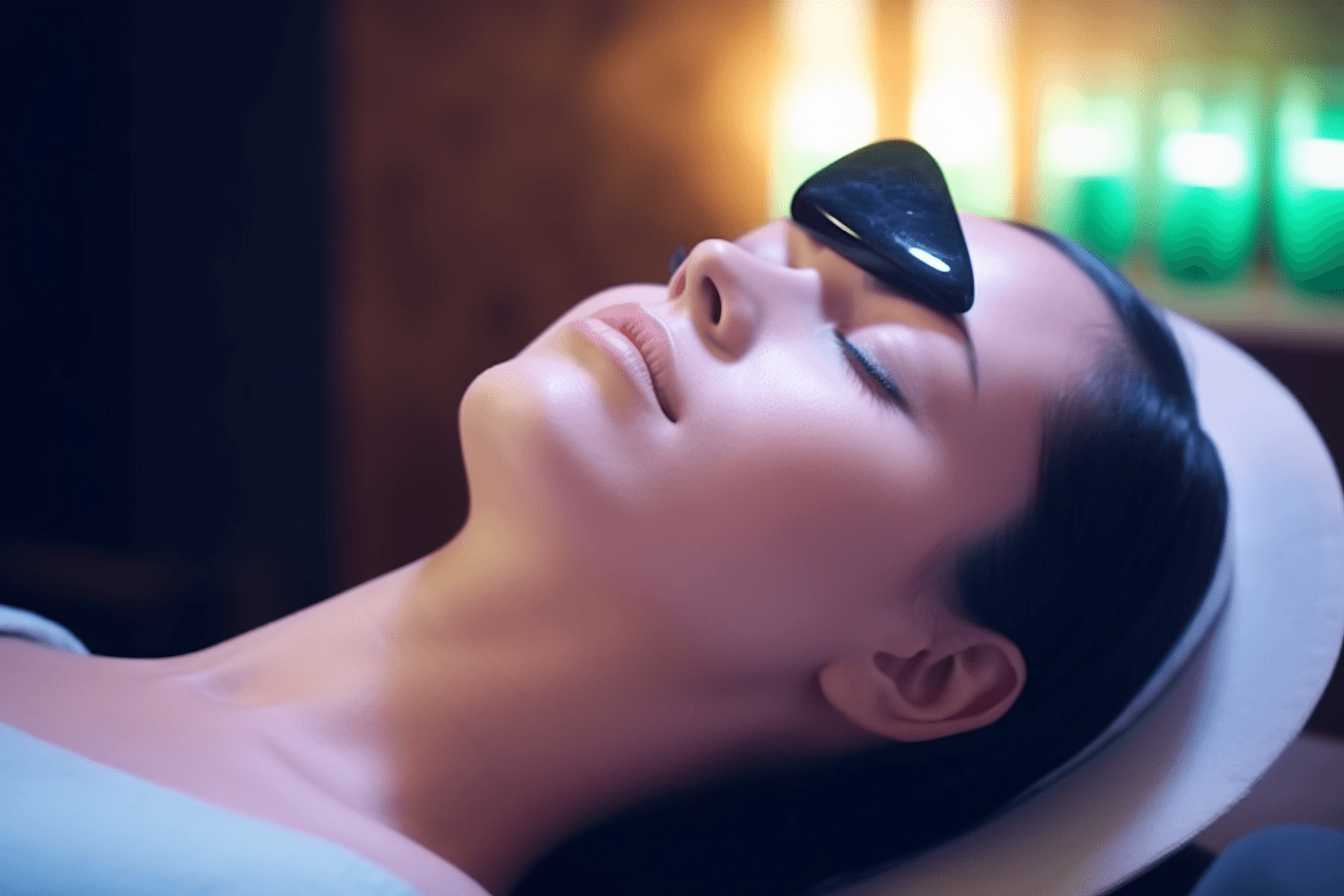 The Purpose and Benefits of Traditional Chinese Healthcare Methods: Gua Sha, Cupping, and Massage
The Purpose and Benefits of Traditional Chinese Healthcare Methods: Gua Sha, Cupping, and Massage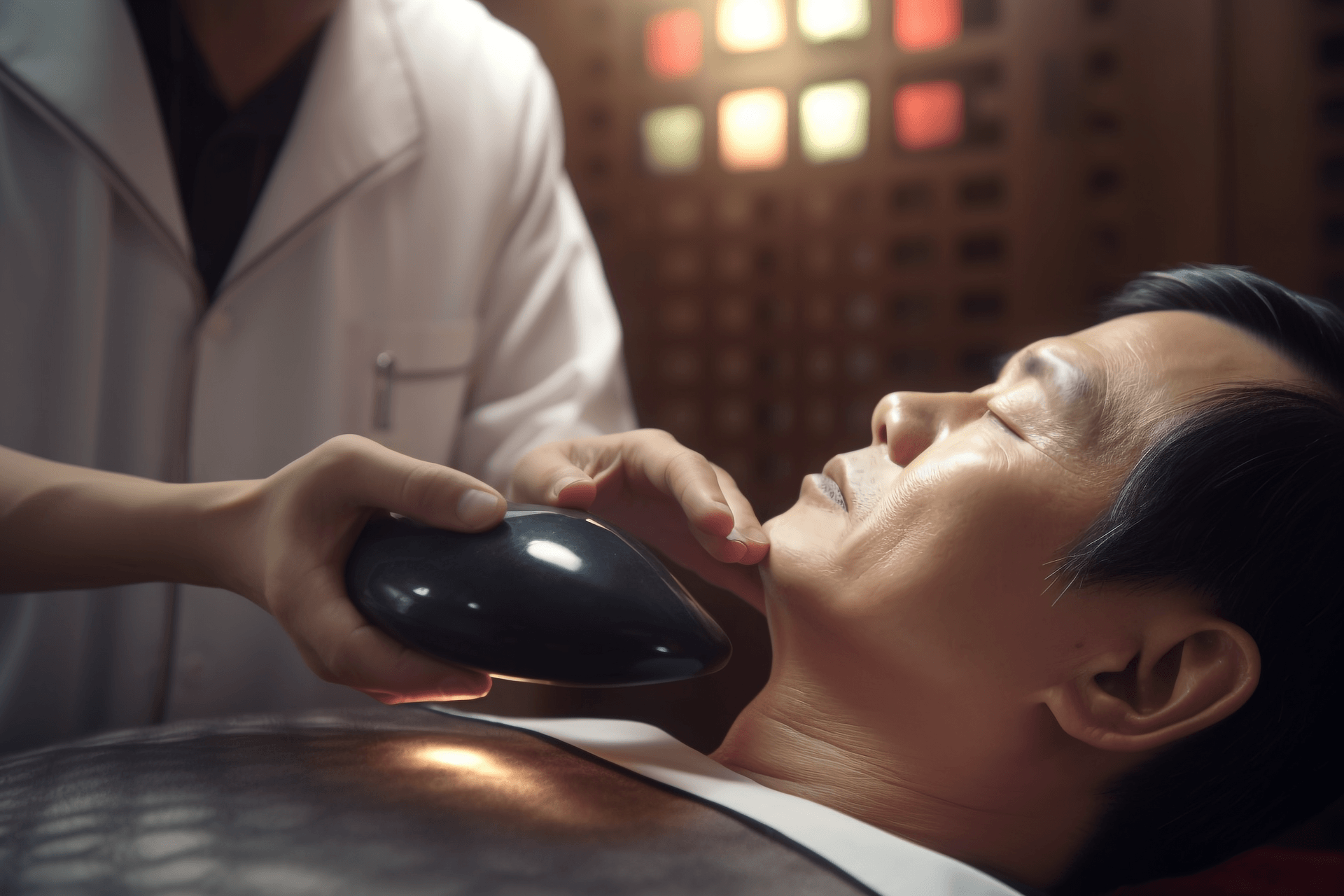 Post-Scraping Precautions: Promoting Health and Avoiding Risks
Post-Scraping Precautions: Promoting Health and Avoiding Risks
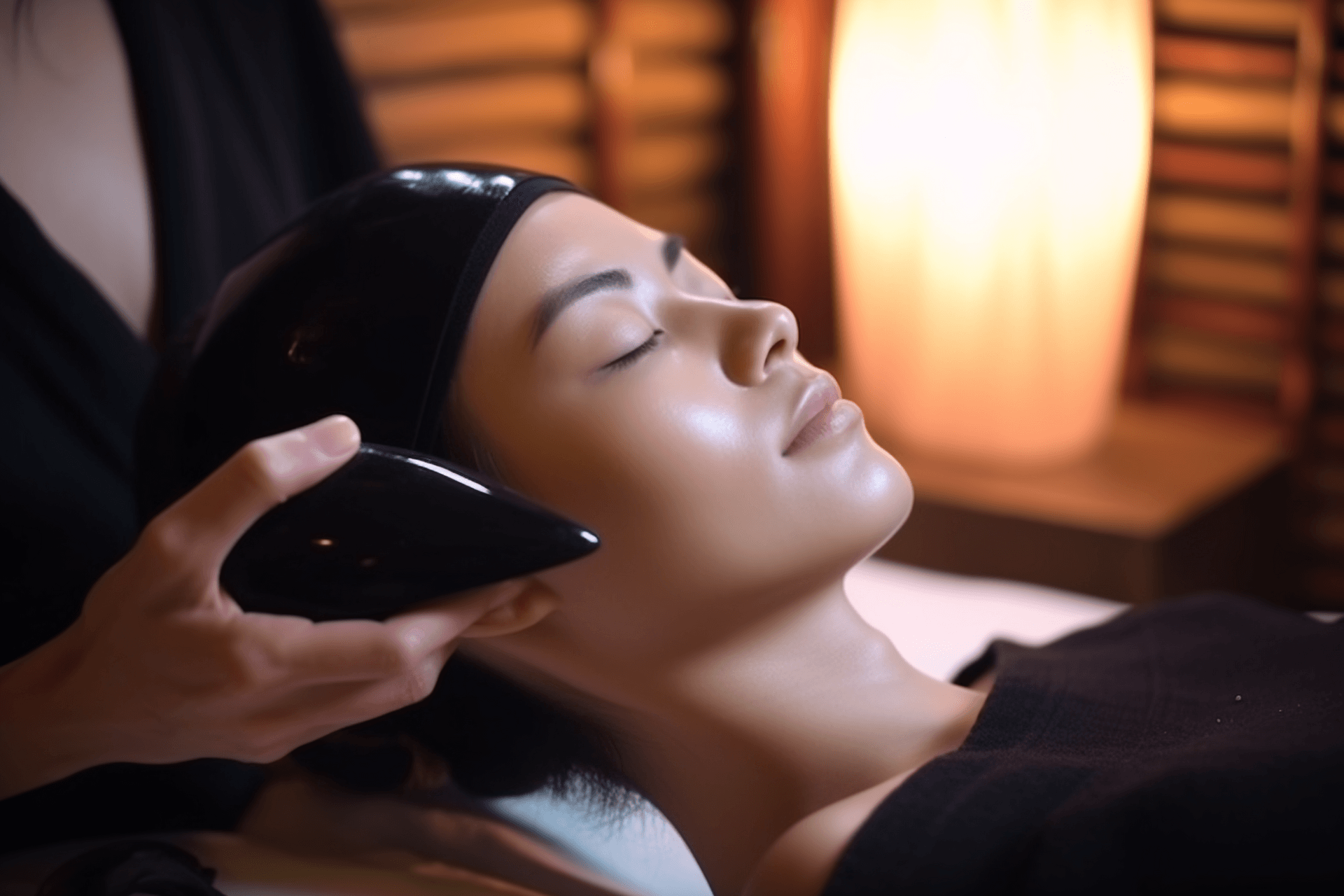 1Can Scraping Help Relieve Cervical Spondylosis? Techniques and Acupoint Selection
1Can Scraping Help Relieve Cervical Spondylosis? Techniques and Acupoint Selection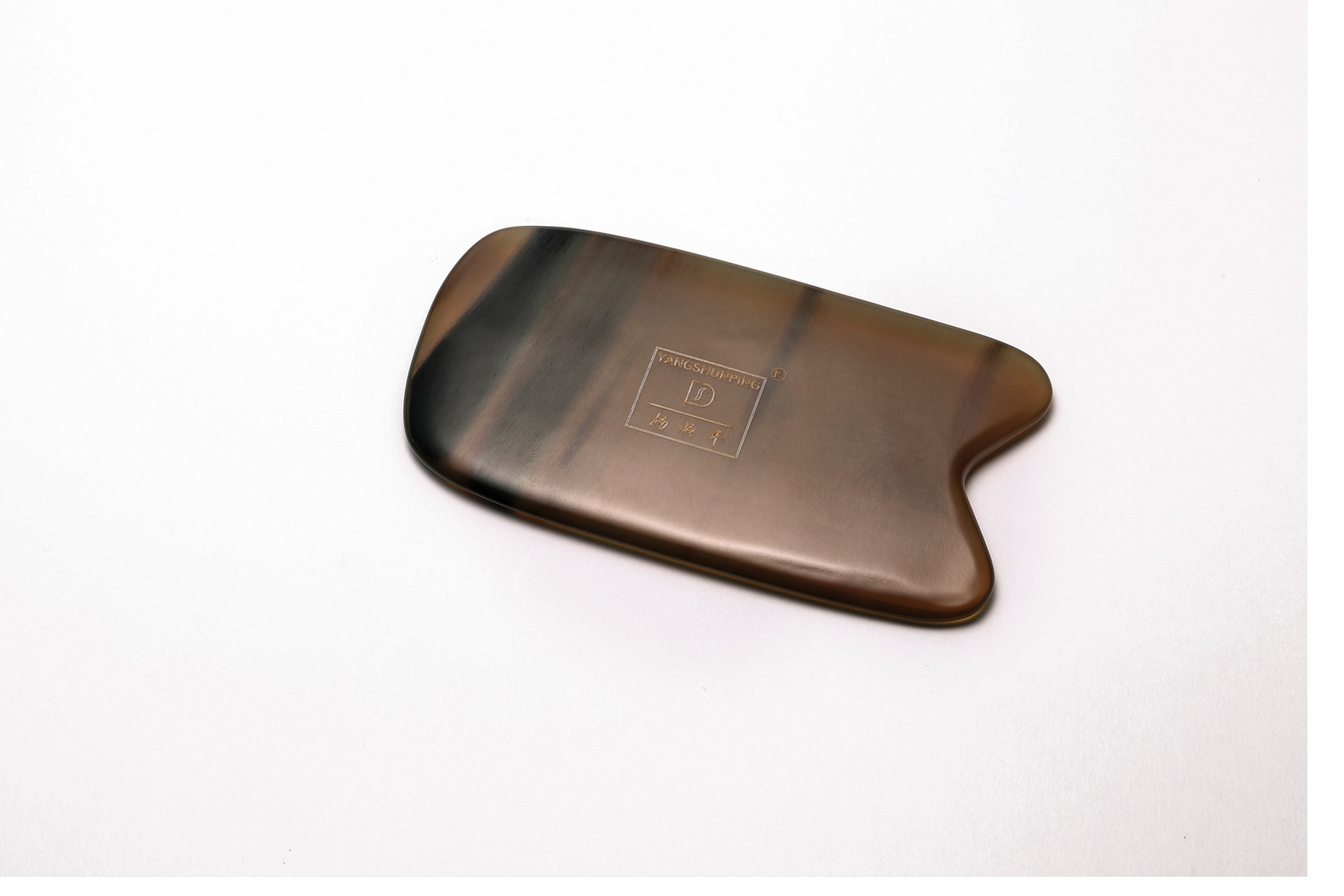 2Eliminating Dampness: Effective Methods for a Healthier Body
2Eliminating Dampness: Effective Methods for a Healthier Body 3Can Scraping Help Treat Premature Ejaculation?
3Can Scraping Help Treat Premature Ejaculation?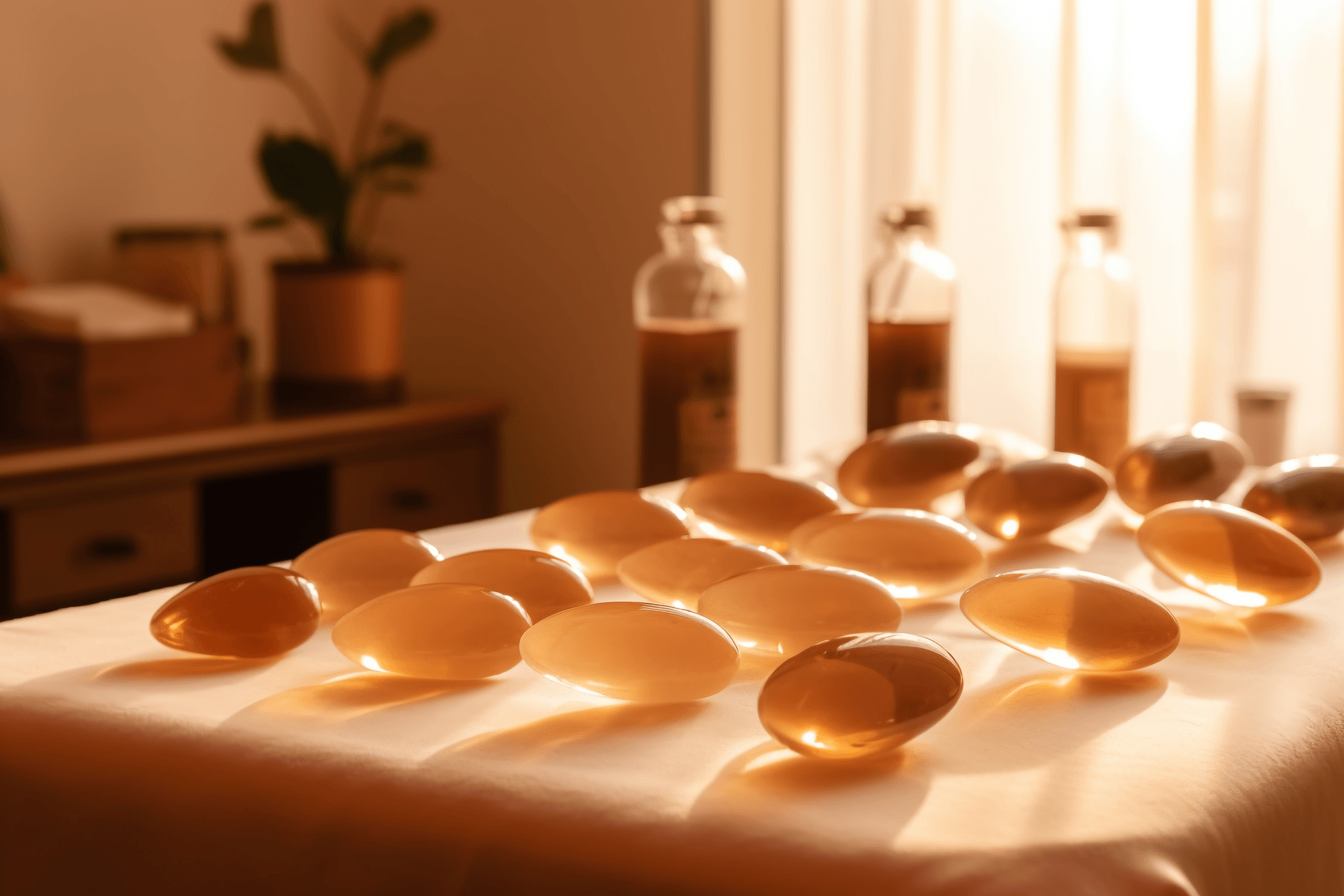 4Scraping: An Effective Method for Alleviating Internal Discomfort and Promoting Health
4Scraping: An Effective Method for Alleviating Internal Discomfort and Promoting Health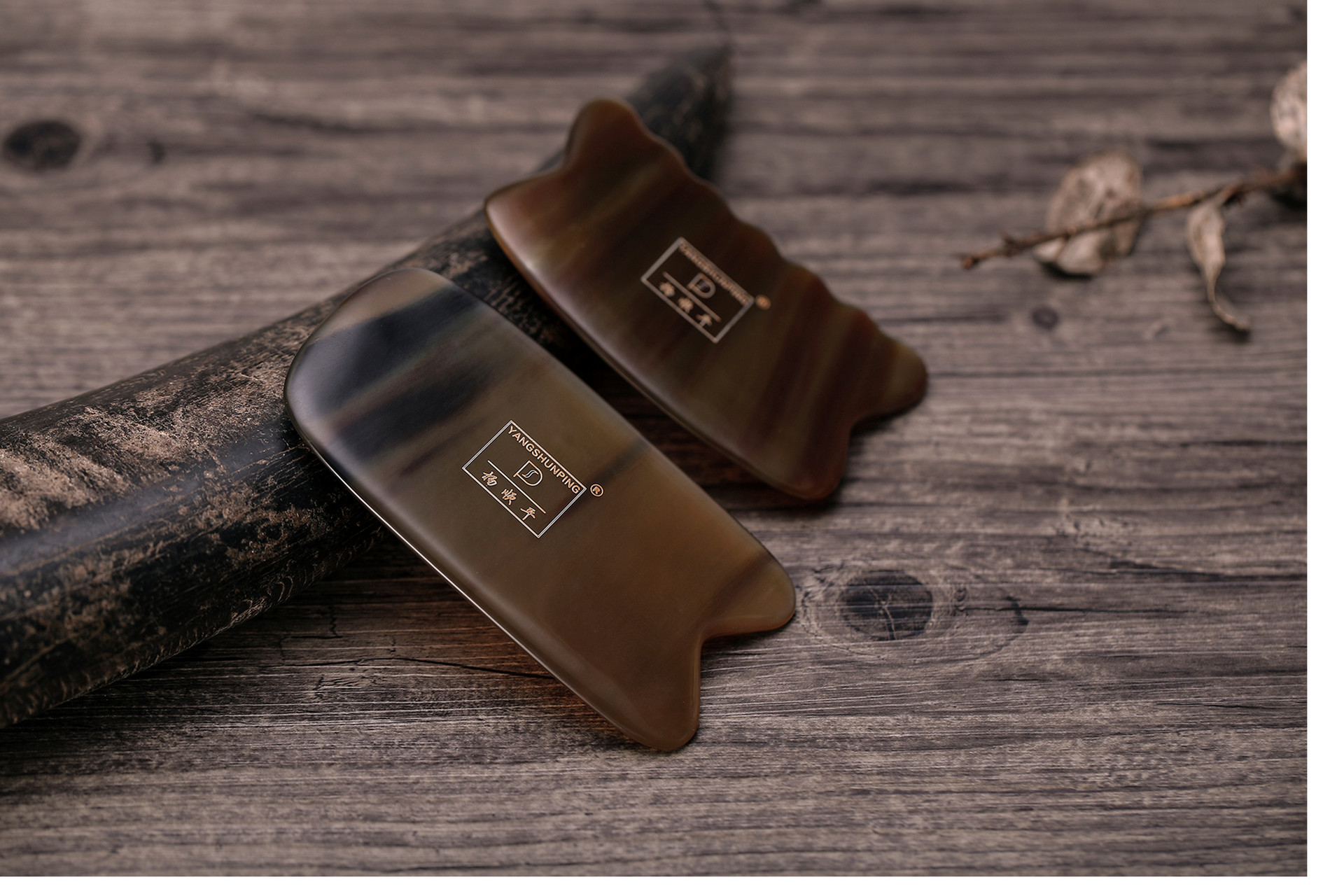 5The Benefits and Drawbacks of Scraping: A Traditional Chinese Medical Treatment
5The Benefits and Drawbacks of Scraping: A Traditional Chinese Medical Treatment
